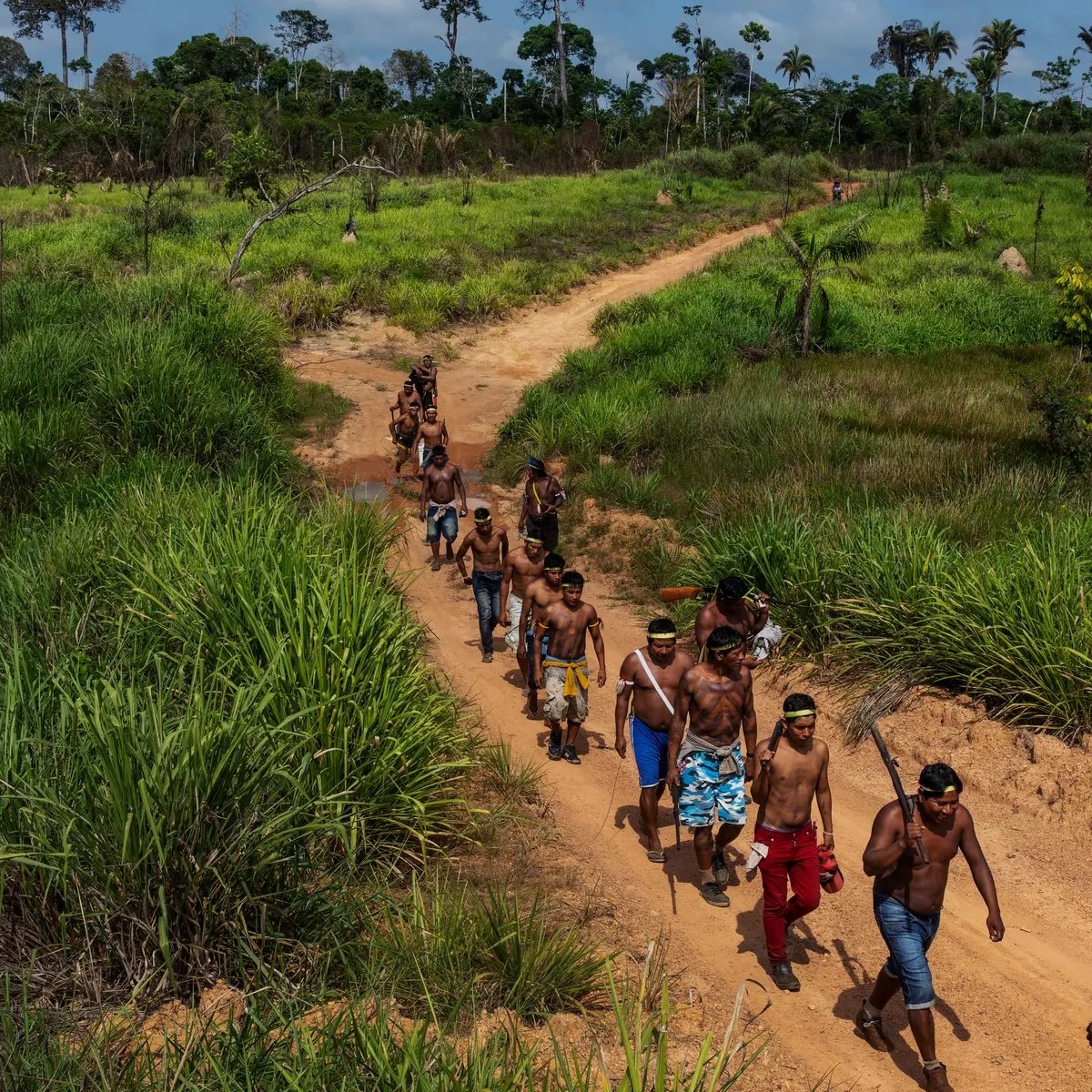Indigenous land rights issues in fashion supply chains
Indigenous communities protect nature and have sacred connections to land. Unsustainable fashion supply chains contribute to land-grabbing and environmental harms.
Image: Waorani leader Nemonte Nenquimo, Ecuadorian Amazon // Jerónimo Zúñiga for Amazon Frontlines
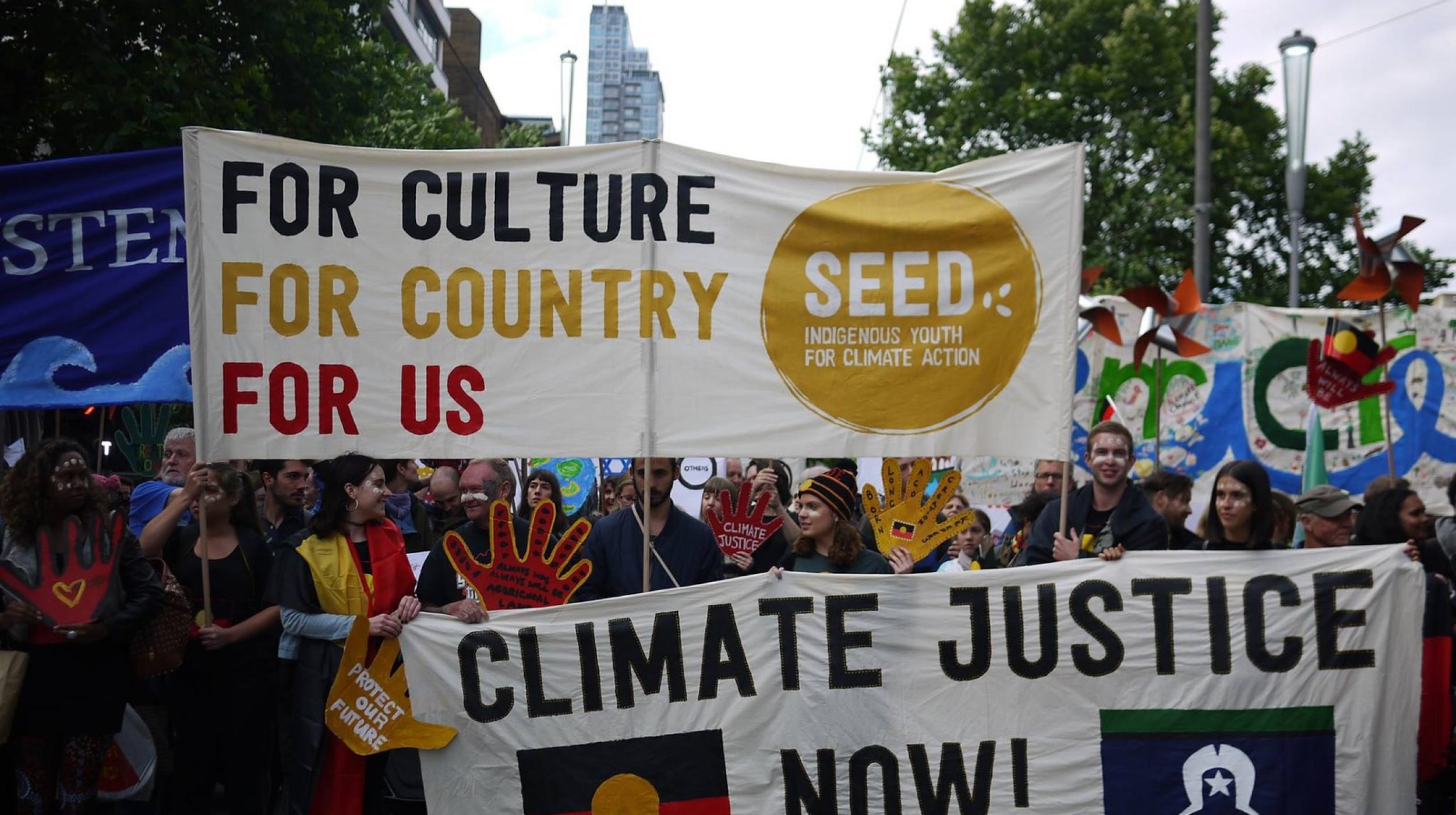
It is reported that while Indigenous communities make up just 6% of the global population, these people protect 80% of remaining biodiversity.
Image: SEED, Australia's first Indigenous youth climate network, demanding climate justice.
“Land grabbing” is the possession of large swathes of Indigenous land by private companies, individuals and governments, often for the sake of profit, and while violating Indigenous rights. These land grabs almost always result in the degradation of that land, and biodiversity destruction.
Fashion’s use of land-inefficient, extractive and destructive materials such as leather, wool, some cellulose materials, and fossil fuel derived materials all contribute to this serious problem.
Indigenous peoples across Australia, Indonesia, Brazil, Peru, the United States and many other countries are advocating for the protection of their land against these industries.
Image: Xikrin warriors return to Rapko in the Amazon, after an expedition to expel invading cattle ranchers and loggers. // Lalo de Almeida
The IPCC has stated that we cannot protect life on our shared planet from further climate crisis unless we protect Indigenous rights.
Cattle ranching, land rights and the Amazon
At least 80% of Amazonia’s deforestation is due to cattle rearing, with one of the next major cause being soy, of which 95% is fed to farmed animals such as cattle.
‘Rampant forest destruction’ has been documented in Amazonia, despite the best efforts of Indigenous defenders, who fight against a system benefitting colonialist cattle ranchers and prioritising profits gained from leather and beef sales.
Vulnerable and previously uncontacted Indigenous tribes in Amazonia have had their land destroyed by cattle ranchers, and violence against Indigenous defenders is far too common. The Karipuna, Uru-Eu-Wau-Wau, Rio Ouro Preto, Rio Jacy-Paraná, Manoki and other Indigenous peoples have all been greatly affected by increased cattle ranching, despite being on supposedly protected land. The leather industry profits from this.
Image: Members of the Xavante tribe sit on land burnt clear for cattle ranching and other production. // Giorgos Moutafis
Cattle ranching on Indigenous land occurs beyond the Amazon, too
The Gran Chaco forest spanning Paraguay, Bolivia and Argentina is also being decimated by cattle ranching and associated clearing, with Indigenous communities fighting for the protection of their land. Similar dispossession of land has been faced by Native Americans in the United States.
In Australia, Aboriginal and Torres Strait Islander people fight for rights on their unceded land, on which cattle industry production is the leading cause of deforestation and clearing. The country is a global deforestation hotspot with cattle production accounting for 73% of all deforestation, rising to 90% in the Great Barrier Reef catchment area. This habitat destruction kills and endangers countless native animals. Traditional Owners have reported illegal cattle grazing on sacred land sites, and have referred to the colonialist destruction of land, often led by the industry leather is built upon, as ‘devastating’.
Image: Koalas on recently torn down trees. / Briano / WWF
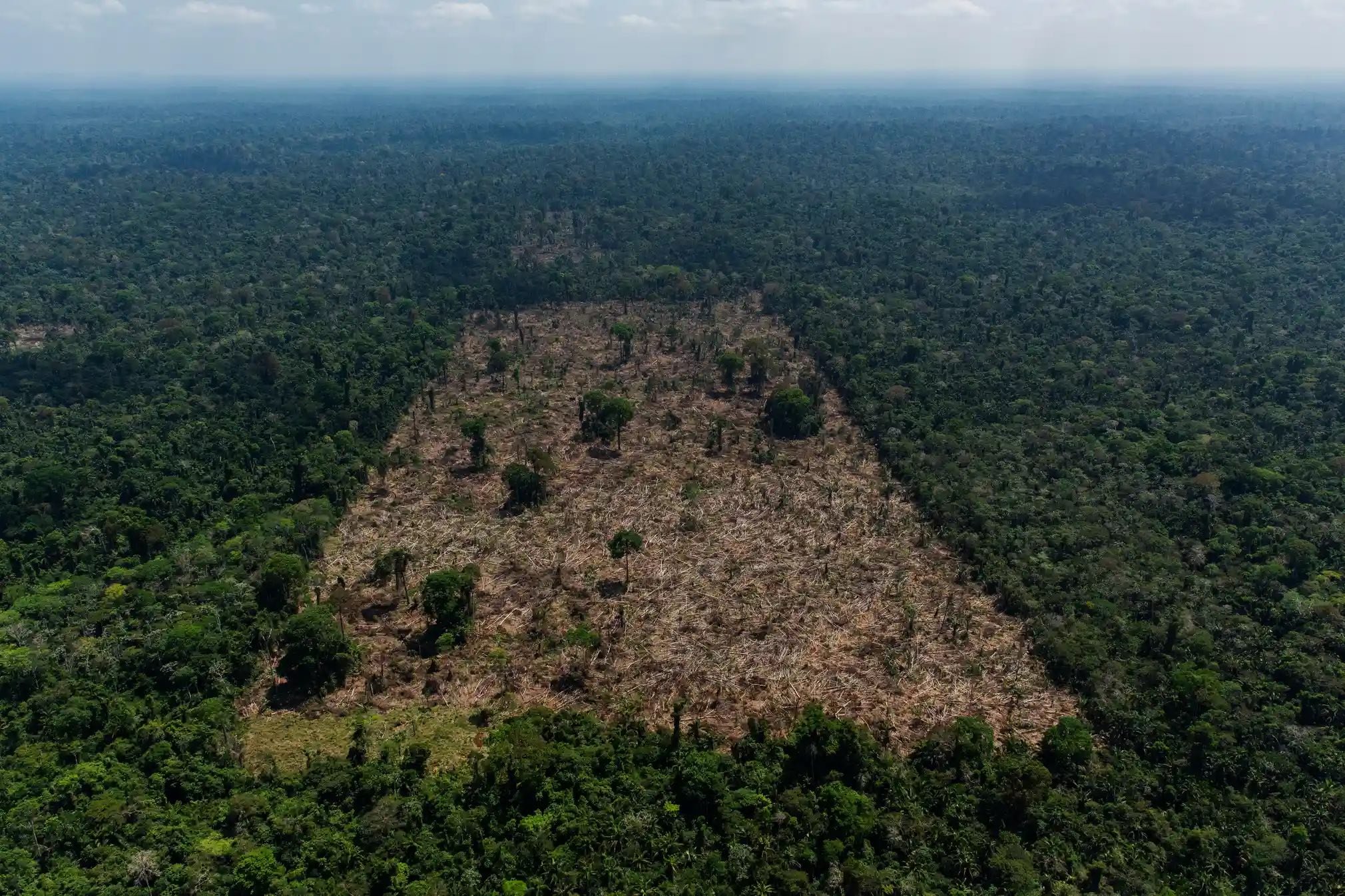
“My name is Nemonte Nenquimo. I am a Waorani woman, a mother, and a leader of my people. The Amazon rainforest is my home. I am writing you this letter because the fires are raging still… Because the land grabbers are cutting down primary forest so that the cattle can graze… When you say that the oil companies have marvellous new technologies that can sip the oil from beneath our lands like hummingbirds sip nectar from a flower, we know that you are lying because we live downriver from the spills... When you say that you are urgently looking for climate solutions, yet continue to build a world economy based on extraction and pollution, we know you are lying because we are the closest to the land, and the first to hear her cries… The Earth does not expect you to save her, she expects you to respect her. And we, as Indigenous peoples, expect the same.”
“Image: A deforested area inside the Trincheira Bacajá territory // Lalo de Almeida
Leather is a major driver of deforestation and associated Indigenous land rights violations, but it’s not fashion’s only problematic material:
Fossil fuel derived synthetics are made from plasticised oil which is extracted from the Earth. Deforestation and land destruction for the industry on Indigenous land is common.
Image: Changing Markets
Wool production in Australia began during colonial invasion, with immediate harms to Indigenous people and land. Today, introduced sheep continue to graze on this land, often degrading it and displacing native biodiversity.
Conventional cellulosic materials like viscose, rayon and lyocell are another driver of deforestation, particularly in Indonesia, Brazil and Canada, where Indigenous communities work to protect the land.
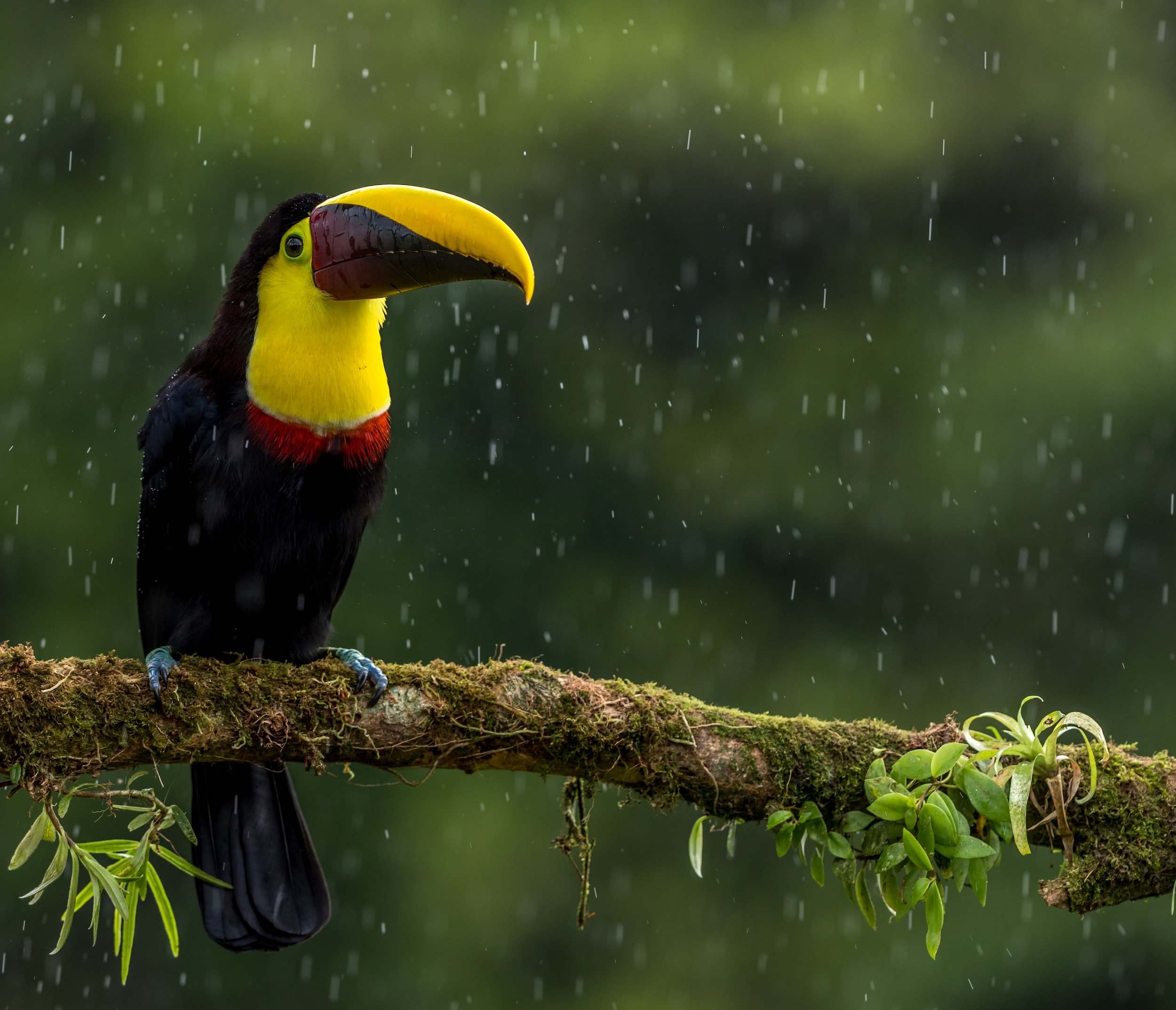
Indigenous non-human animals, including those which are considered sacred under some Totemic systems, are targeted and killed in some fashion supply chains.
Dingoes and wolves are shot and poisoned, considered ‘threats’ to the wool industry across Australia and the United States. Kangaroos are shot for leather production on their native land. Internationally, indigenous animals like koalas, giant otters, toucans, tapirs and many others are killed by habitat destruction in leather supply chains, with some of these and other species killed in synthetic and cellulose material supply chains, too.
Indigenous communities and their land is harmed by the fashion industry, but they are also helping to solve fashion’s problems.
Our film SHIRINGA: Fashion Regenerating Amazonia highlights a clear example of this. In the Peruvian Amazon, the Awajún community made a bio-leather from regeneratively collected tree sap while defending against deforestation tied to cattle ranching and mining in the fashion supply chain.
It is time for the fashion industry to support, invest in and make use of these solutions, rather than contributing to further harm.

We can create a fashion industry which values Indigenous perspectives, prioritises the planet through responsible material selection as well as degrowth, and which takes a total ethics approach to clothing.
Want to keep learning?
-

Mass consumerism and degrowth
One of the most important ways we can make the fashion industry more sustainable is by slowing down its pace.
-

An industry built on exploitation
Since the industrial revolution, fashion has relied on exploitation and unjust labour – but it doesn’t have to.
-
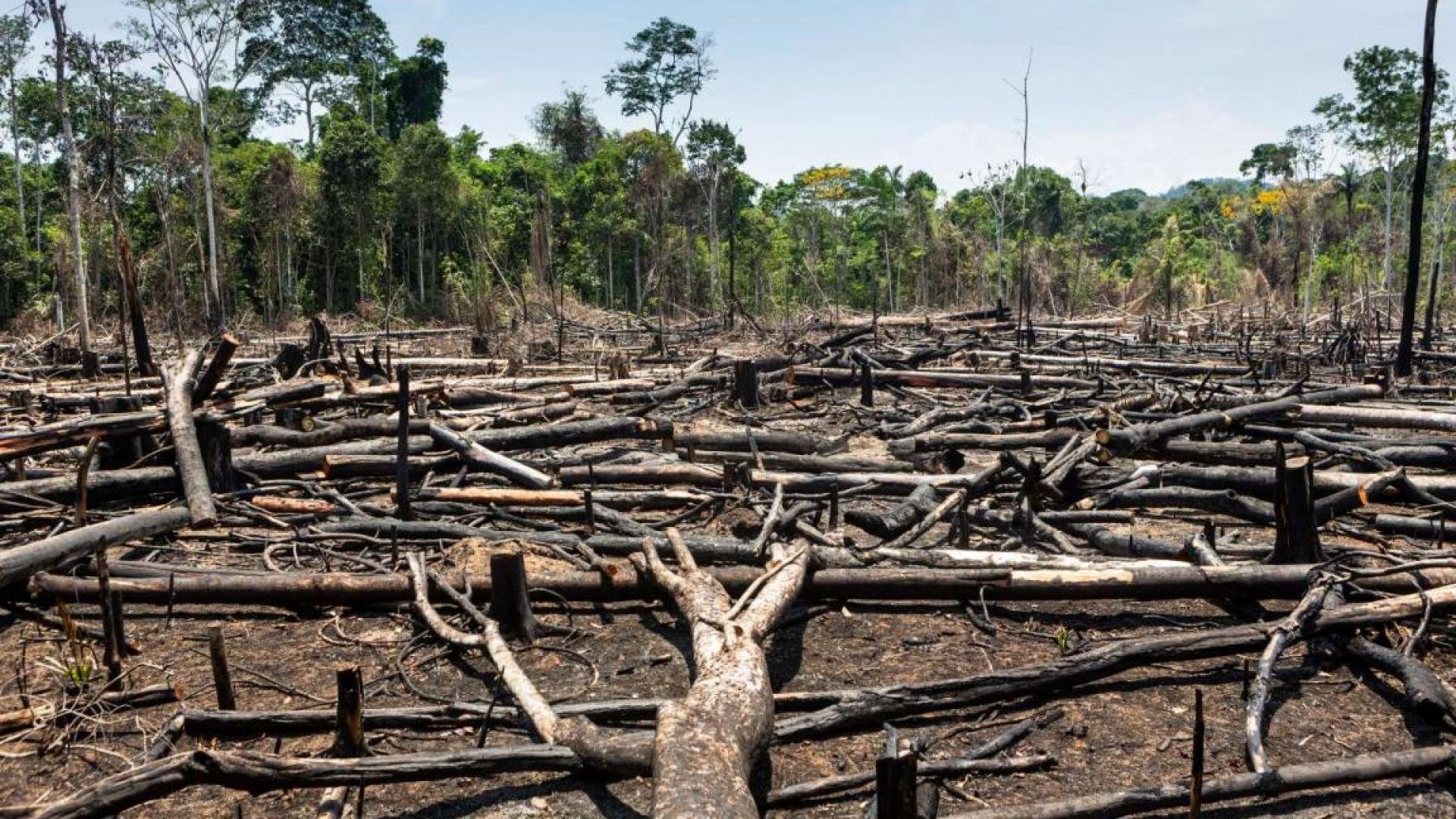
Deforestation and biodiversity loss
For too long, a desire for animal-derived clothing has caused mass deforestation and biodiversity destruction.


